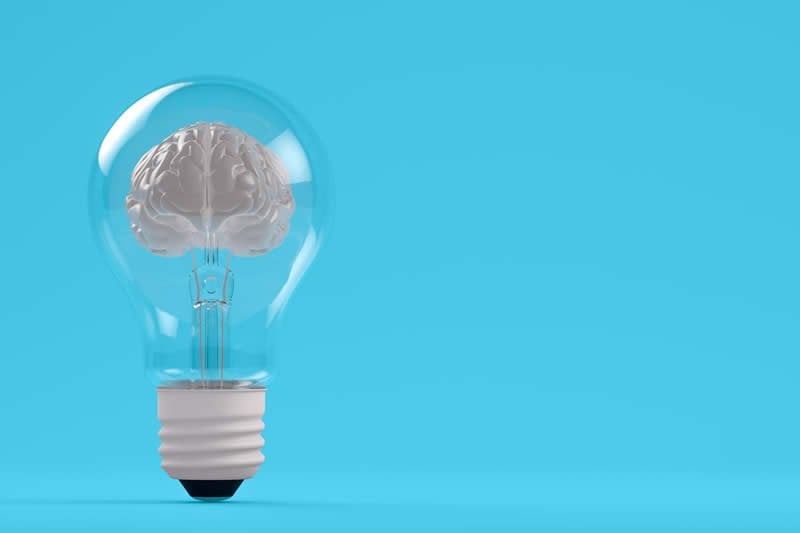Summary: Researchers have developed a new framework that sheds new light on changes in the brain’s activity and connections.
Source: Georgia State University
A new framework for understanding changes in the brain’s activity and connections, which has implications for how to best model the mechanisms of disease in the brain, has been developed by Georgia State University researchers and collaborators.
The study builds on previous work showing that shape and connectivity of brain networks — discrete areas of the brain that work together to perform complex cognitive tasks — can change in fundamental and recurring ways over time.
The study, published in Trends in Cognitive Sciences, explores the role of dynamic interaction between different groups of neurons involved in cognitive function. Although many studies of brain connectivity are presented as “spatiotemporally dynamic,” they actually fall into three categories: spatially dynamic, temporally dynamic and spatiotemporally dynamic, the researchers noted. Spatial dynamics refers to changes in the shape, size or location of brain networks. Temporal dynamics refers to changes in the connections between brain networks. And spatiotemporal dynamics refers to changes in both.
“This last one has been the least studied, but it’s probably how the brain needs to be studied,” said Vince Calhoun, Distinguished University Professor of Psychology, director of the Center for Translational Research in Neuroimaging and Data Science (TReNDS), a partnership among Georgia State, Georgia Tech and Emory, and the lead author of the study. “If you assume something is fixed in space, you might see changes in connectivity that aren’t really happening.”
Calhoun added that the new framework could potentially lead to changes in how diseases are modeled in the brain. It could also provide a way to apply existing disease models more broadly, spurring new research.
“If you have a scenario where networks are moving, and their connection is also changing at the same time, you have to take all of that into account when designing a model,” Calhoun said. “If you don’t, it could point you in the wrong direction in terms of which parts of the brain to focus on, which could lead to treatments designed to target the wrong area of the brain.”

Improper modeling could also mislead scientists by showing the entire brain is disrupted by a disease, when in reality it’s just a single node that’s changing in size or location.
The study’s co-authors include Armin Iraji, research scientist at TReNDS, Robyn Miller, assistant professor of computer science at Georgia State, and Tulay Adali, Distinguished University Professor at the University of Maryland Baltimore County. Calhoun and his collaborators are working to develop additional ways to model mental illness in the brain using the lens of spatiotemporal dynamics.
“We have already found that schizophrenia shows some really different dynamic information,” says Calhoun.
“There were some connections we found that were much more variable in schizophrenia than in healthy controls.”
Source:
Georgia State University
Media Contacts:
Jennifer Rainey Marquez – Georgia State University
Image Source:
The image is adapted from the Georgia State University news release.
Original Research: Closed access
“Space: A Missing Piece of the Dynamic Puzzle”. Armin Iraji, Robyn Miller, Tulay Adali, Vince D. Calhoun.
Trends in Cognitive Sciences doi:10.1016/j.tics.2019.12.004.
Abstract
Space: A Missing Piece of the Dynamic Puzzle
One of the most fundamental questions of neuroimaging studies is how the measurements of imaging modalities represent (model) underlying neural activity and integrative brain function.
Recently, there has been a growing interest in modeling whole-brain dynamic connectivity (i.e., the chronnectome). However, most efforts are limited to variations in temporal activity of networks and/or regions and changes in temporal coupling between them. There is a need for more realistic brain models that include spatial and temporal properties of brain dynamism.
We introduce a framework to explicitly incorporate space into dynamic analyses. Preliminary results provide strong evidence that spatially dynamic analyses reveal missed information about brain functional architecture and unveil new patterns of alterations in patients with schizophrenia, suggesting a promising avenue to reveal patient-specific dynamic signatures for this and other brain disorders.







